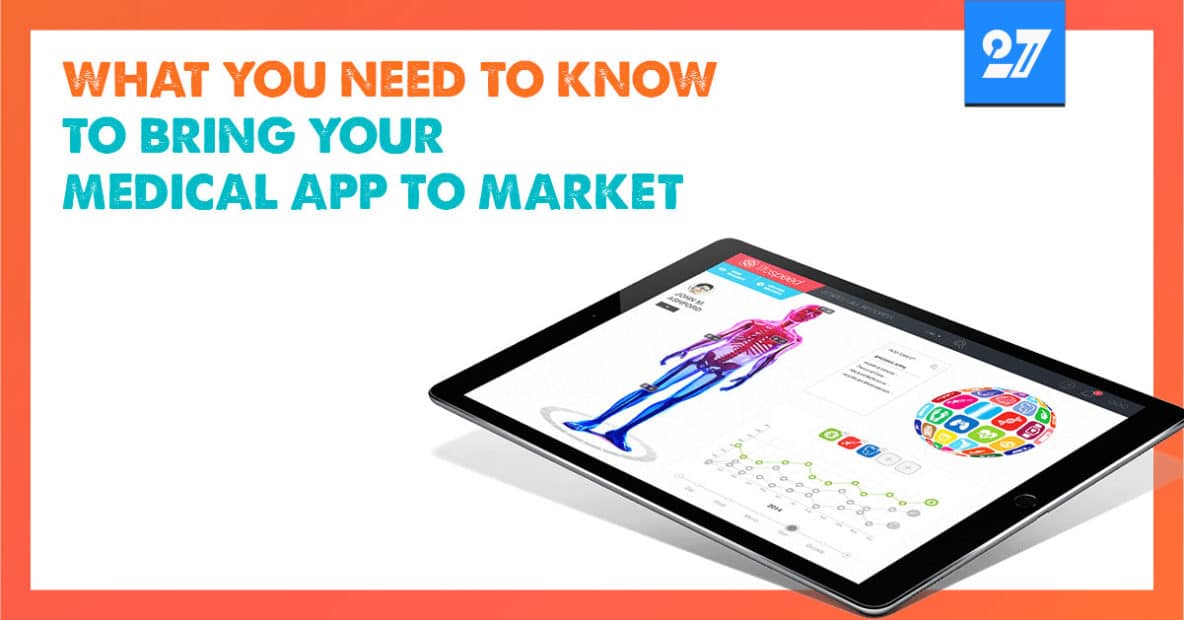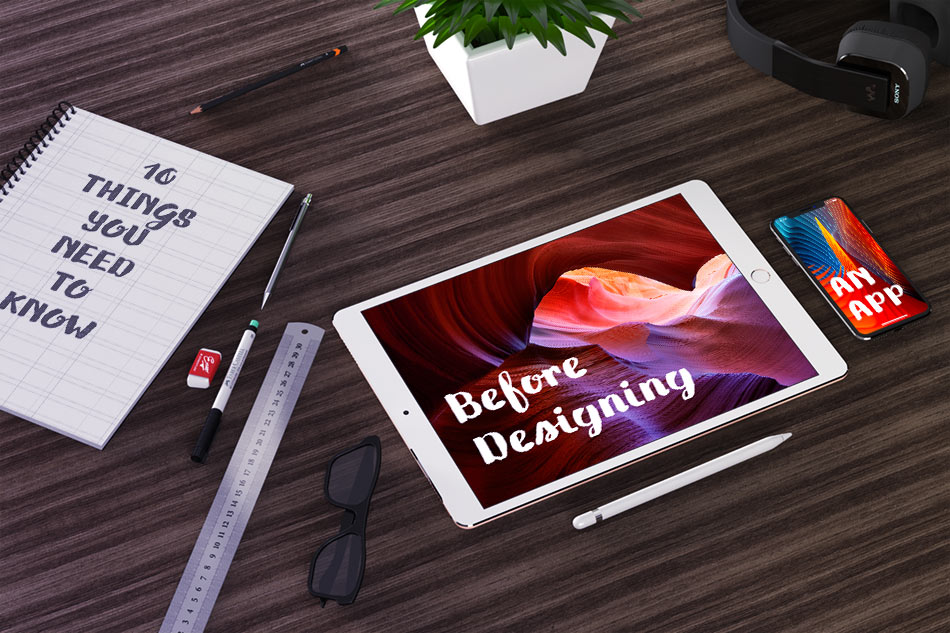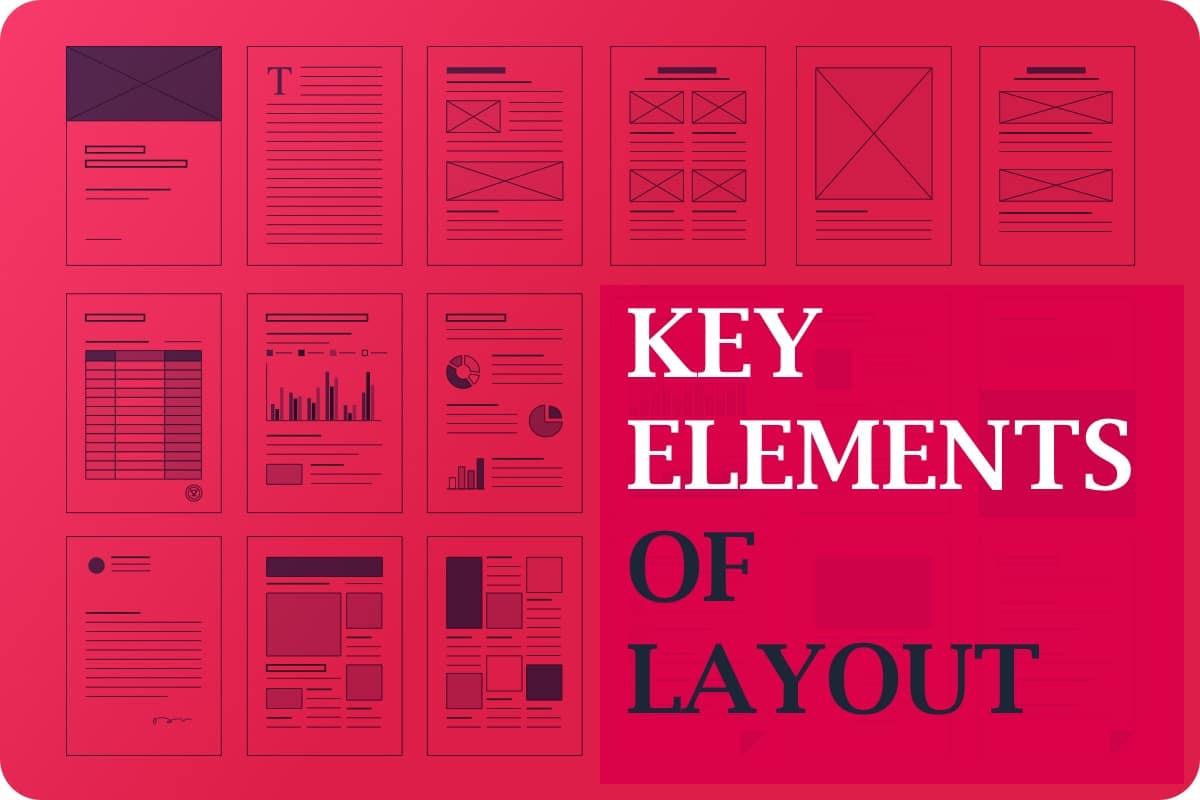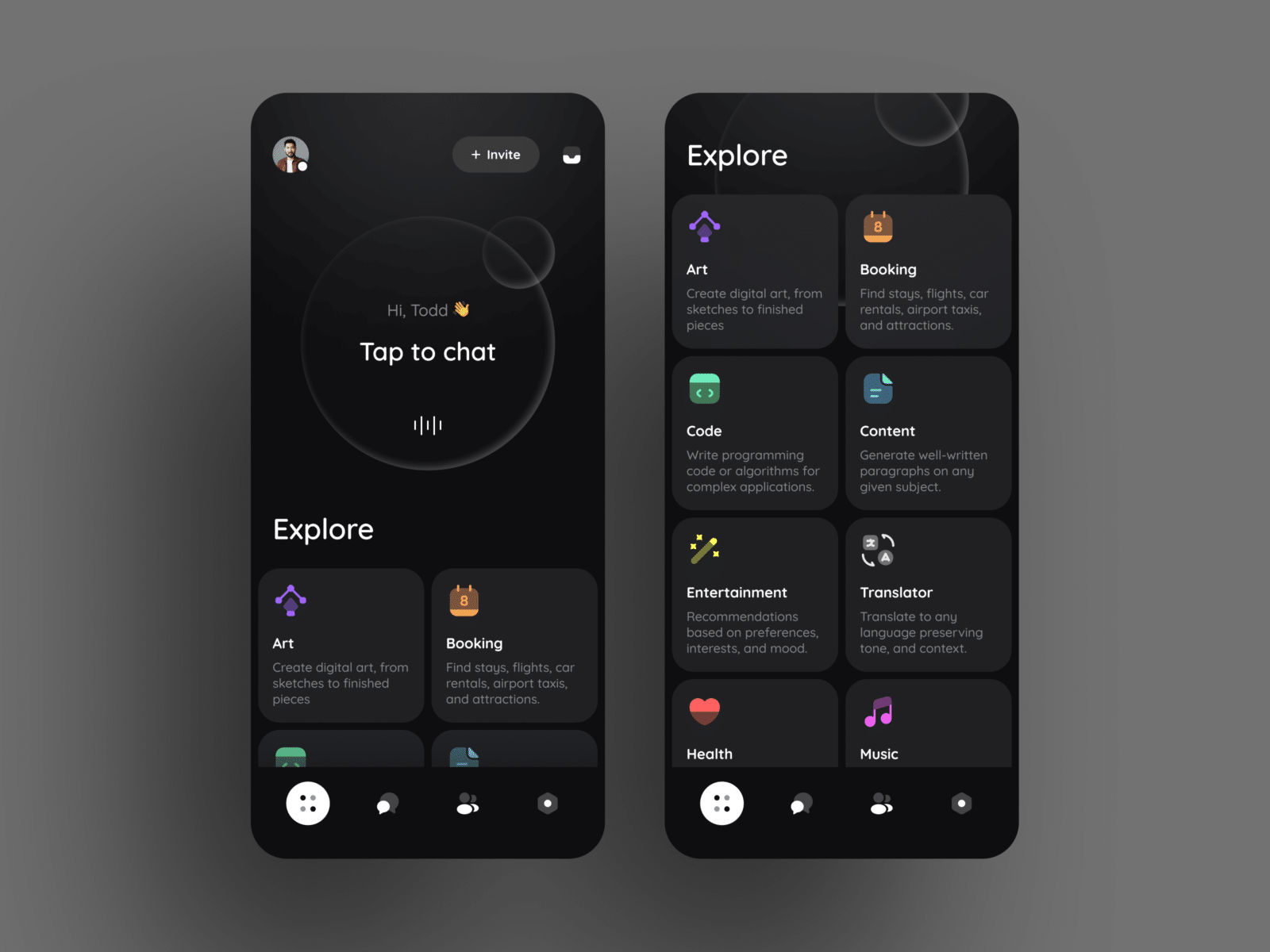The use of the internet and online resources in the medical sector has increased tremendously in recent years. A recent study shows that today, 30% of Americans consult Google to check their symptoms. They then base their treatments on their self-diagnosis, without involving any human medical professional. They find that this practice saves them time and resources, and prefer to spend money on medication as opposed to doctor consultations.
Although self-diagnosis can be a dangerous practice, it does open up a world of innovation and the potential to do things the right way. Today, when you self-diagnose, it is easy to assume your condition is nothing serious when it could be life-threatening, and vice versa. However, with the number of innovative tech solutions being created in the form of mobile medical apps, this is slowly changing. Each subsequent option is becoming more and more accurate, improving the reliability of medical apps.
Besides providing go-to solutions for normal people, some of these apps go a step further and do even more good in the process. There are many mobile medical apps that doctors can use to monitor their patients at home. Many more apps help provide medical solutions to remote or hard to reach areas where medical professionals have some difficulty accessing.
The medical industry offers almost unlimited potential for innovation and profit for anyone brave enough to venture into it. The mHealth market has been projected to reach highs of over 100 billion dollars in 2018. Medical apps could do a lot of good, and the market for them is huge. New solutions are making it into the market every day, and they are very well received by users.
Telemedicine apps that let you consult a physician over video are revolutionizing the industry, and everyone is using fitness trackers and wearables such as Fitbit today.
However, the medical app industry offers a unique kind of challenge for developers. This space is different because your app is more than just a simple app. It directly affects the health, wellbeing and life of your user. As such, there are a few special considerations to make if you want to get into this space. Among these special considerations is the compliance with all the relevant regulations and directions of governing bodies. Similarly, privacy issues are a serious concern in the medical profession, and your app has to show your users that it can guarantee their privacy.
The medical industry takes regulation compliance and privacy pretty seriously. Doctor-patient confidentiality is a big deal. This same level of confidentiality should apply when it is an app. One would argue that an even higher level of confidentiality is required when it is an online app, because of all the potential dangers the internet has to offer when it comes to personal data. All mobile medical apps have to be carefully designed to fulfill this requirement.
In the US, your app has to comply with HIPAA regulations. The HIPAA is the Health Insurance Portability and Accountability Act that was passed by the US Congress in 1996. HIPAA serves four functions, namely:
- Providing the option to transfer and continue health insurance coverage in the event of a change or loss of employment
- Reducing fraud and abuse in the healthcare sector
- Creation of industry standards for health care information and electronic billing among other processes
- Protection and confidential handling of health information
So what are some of the mobile medical apps available on the market today? Which ones of these are actually good?
Top 9 medical apps based on downloads and reviews:
- Epocrates
This is a medical reference app. It is one of the best on the internet today. It is made specifically for doctors. They use it to look up drug information, interact with other doctors, and share patient information. It is a freemium app, with both free and premium features. It is available for both iOS and Android.
- MedCircle
MedCircle is where healthcare providers connect with patients, family, friends, and colleagues through a confidential, private digital network. Creative27 defined and designed this multi-platform digital product.
- PEPID
PEPID is a frequently updated app with very up to date data. It is a reference app designed for doctors, nurses, students, pharmacists and paramedics. It has an inbuilt symptom checker to help doctors diagnose conditions faster. It also has disease profiles, treatment options, reference videos and can help you earn Continuing Medical Education Credits on it. The best part? It is completely free. It is available for both iOS and Android.
- Life Speed
Life Speed re-thinks personal health management. They wanted to know if there was a way people can keep track of their personal data, medical records, and bodily statistics all in one place? That’s where we came in – and dug in; bringing their vision to life by creating annotated UX scenarios, screens and in-app funnels for their mobile, tablet and web portals.
- Doximity
This is a social networking app for medical professionals. Through it, you can communicate with other doctors, follow news and trends, browse jobs and compare salaries. It is also completely free. It is available for both iOS and Android.
- Figure 1
It is an app for sharing images with other doctors if you are looking for feedback on rare conditions. It has a wide user base who share and comment on the medical image database. Additionally, it automatically blurs out identifying features on each image to preserve the patient’s privacy and comply with HIPAA standards. It is also completely free. It is available for both iOS and Android.
- Case
This is a medical journal app. Medical practitioners use it to read medical journal articles on their phones, with the option of subscribing to a specialty. Furthermore, it recommends journal articles based on what you liked. And, as the cherry on top, it is totally free. It is available for both iOS and Android.
- Read by QxMD
This is another medical journal app. It has a magazine format for its reader. You can use it to download studies, medical journals and articles from its database of resources. It also has a collection of papers from institutions. it is a free app, but some journals require subscriptions to access them. It is available for both iOS and Android.
- MDCalc
It is a highly rated resource app for physicians. It helps users learn and apply decision tools to diagnose patient scenarios. More than a million professionals use this app. Plus, it is completely free. It is available for both iOS and Android.
Additionally, there are many advances made in the medical device industry. The job of being a doctor is becoming easier, more efficient and more rewarding every day. With smaller, smarter, and faster machines, medical devices have become increasingly more effective in their jobs. For example, cancer nano-therapy is changing the cancer treatment landscape, offering a less invasive, less expensive and more effective option for cancer patients. Nanodevices are used to administer targeted treatments to cancer affected tissues.
Other advances include brain-machine interfaces for artificial limbs and prosthetics, an app to replace the traditional stethoscope, and the disruptive genome editing technology known as CRISPR. CRISPR is a genome-editing tool used to block or add specific genes to an organism and therefore achieve desired results. It reduces the cost and time needed to edit genetic code, meaning pathogen eradication and genetic disease elimination is that much closer to reality now.
That being said, while there are many advances in the medical technology world, mobile medical apps have arguably the farthest reaching effects when it comes to touching the lives of individual people. With enough development, the day when medical conditions will accurately be diagnosed through machine learning processes and apps will soon be with us. What exciting times we live in!












